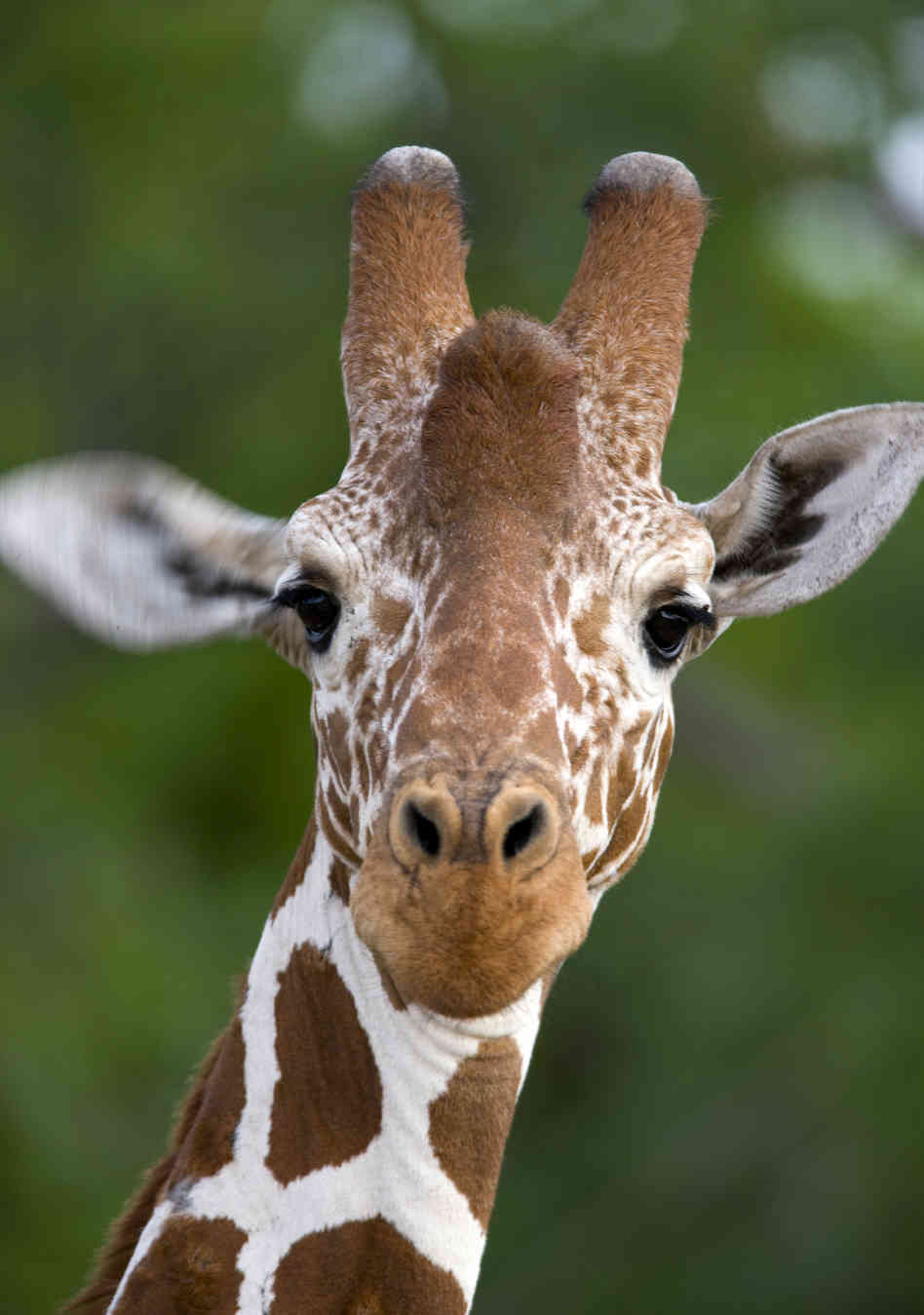Green giraffes are a unique and captivating topic that combines the allure of wildlife with the curiosity of color variations in nature. Throughout this article, we will delve into the intriguing aspects of green giraffes, exploring their biology, habitat, and the myths surrounding these extraordinary creatures. By the end, you will have a comprehensive understanding of why these fictional animals captivate the imagination of many.
The concept of green giraffes often arises in discussions about genetic mutations, environmental adaptations, and artistic representations. While traditional giraffes are known for their distinctive yellow and brown patterns, the idea of a green giraffe invites intrigue and questions about biodiversity and the wonders of nature. This article aims to provide a detailed exploration of green giraffes, addressing their significance in both ecological and creative contexts.
Join us as we embark on an enlightening journey to uncover the truth behind green giraffes. We will examine the characteristics that set them apart from their more common counterparts and discuss their relevance in contemporary wildlife discourse. Let's dive into this colorful exploration!
Table of Contents
- Biography of Giraffes
- Data and Statistics
- Myths and Legends
- Habitat of Giraffes
- Color Variations in Giraffes
- Conservation Efforts
- Cultural Significance
- Conclusion
Biography of Giraffes
Giraffes are the tallest land mammals, with their height reaching up to 18 feet in some cases. They belong to the family Giraffidae and are native to the African savannahs and open woodlands. One of the most recognizable features of giraffes is their long necks, which aid in reaching high foliage for food. They possess a unique cardiovascular system that enables them to pump blood to their brains despite their towering stature.
Data Personal and Biodata of Giraffes
| Attribute | Details |
|---|---|
| Scientific Name | Giraffa camelopardalis |
| Family | Giraffidae |
| Habitat | African savannahs and woodlands |
| Diet | Herbivorous (leaves, fruits, and flowers) |
| Height | Up to 18 feet |
| Weight | 1,600 to 3,000 pounds |
| Gestation Period | Approximately 15 months |
Data and Statistics
While there are no scientifically documented cases of green giraffes, understanding the genetic and environmental factors that could lead to color variations is critical. Here are some relevant statistics:
- Giraffes have a population estimated at around 68,000 individuals in the wild.
- Recent studies show a decline of about 40% in giraffe populations over the past three decades.
- Color variations in animals, including giraffes, can arise due to genetic mutations or adaptations to their surroundings.
Myths and Legends
Throughout history, green giraffes have been featured in various myths and stories, often symbolizing uniqueness and the extraordinary. These tales highlight humanity's fascination with color and diversity in nature. Some common myths include:
- Green giraffes are seen as mystical creatures that bring good luck.
- In some cultures, they are believed to be guardians of the forest, protecting other animals.
- Legends suggest that green giraffes possess healing powers due to their unusual coloration.
Habitat of Giraffes
Giraffes inhabit various regions across Africa, primarily in savannahs and open woodlands where they can easily access their preferred food sources. Their long necks allow them to reach leaves that other herbivores cannot, giving them a significant advantage in their natural habitat.
Environmental Challenges
Despite their adaptability, giraffes face numerous challenges in their habitats, including:
- Habitat loss due to agriculture and human encroachment.
- Poaching for their skin and bones.
- Climate change impacting food availability.
Color Variations in Giraffes
Color variations in giraffes, while rare, can occur due to several factors. These include:
- Genetic mutations that affect pigmentation.
- Environmental adaptations that influence skin color.
- Artistic interpretations and representations in culture.
While green giraffes are not found in nature, the concept raises important discussions about biodiversity and the potential for color adaptations.
Conservation Efforts
With giraffe populations declining, various conservation efforts are underway to protect these majestic animals. Some key initiatives include:
- Establishing protected areas and wildlife reserves.
- Implementing anti-poaching laws and regulations.
- Raising awareness and education about giraffe conservation.
Cultural Significance
Giraffes hold a significant place in various cultures, often representing grace, beauty, and uniqueness. They are featured in art, literature, and folklore, contributing to humanity's ongoing appreciation for these magnificent creatures.
Conclusion
In conclusion, while green giraffes may not exist in the wild, they serve as a fascinating topic that invites curiosity and discussion. Their fictional representation encourages us to explore the complexities of biodiversity, adaptation, and conservation. We must continue to advocate for the protection of giraffes and their habitats to ensure that future generations can admire these incredible animals.
We invite you to share your thoughts on green giraffes in the comments below, and don't forget to share this article with fellow wildlife enthusiasts. Explore more articles on our site to further your knowledge about wildlife and conservation efforts.
Thank you for reading, and we hope to see you back for more exciting insights into the animal kingdom!
Book Characters Dress To Impress: A Stylish Journey Through Literature
Exploring Iconic Trucks From The 80s: A Nostalgic Journey
Young Sophia Loren: The Early Years Of A Timeless Icon


